For now, they are only going to add to the BS-6 fright. There are many opinions out there about how and when electric-vehicles will become truly mainstream the world over. Various OEMs have diverse estimates and plans for the next decade. Adoption estimates for 2030 range from as low as 15% to as high as 50%. Most of these forecasts hinge on affordability and a fall in battery prices (which have been consistently falling). But how viable are electric vehicles in the Indian context?
India: A less than electrifying outlook for now
A lot has been written about the adoption of electric vehicles in Europe and North America. But what about the future of electric vehicles in India? GV spoke with various domestic OEMs, component manufacturers, and experts to get a handle on how things stand. Disappointingly, but perhaps unsurprisingly, most players seemed to be on the back-foot; they kept citing the lack of charging infrastructure and high battery prices as big constraints for EV adoption in India. “At current battery prices, converting a vehicle, let’s say a regular Maruti Swift into a BEV is not feasible, as its price would be over Rs 1.5mn. Unless the government rolls out big subsidies it would be a failure,” says Suresh, who works in the R&D team of an OEM. Nevertheless, he is optimistic about the future. “Battery prices are falling fast, and if this trend continues, it might be feasible to build an affordable electric vehicle for the domestic market soon,” he adds.
“Another major constraint to EV adoption in a country like India is infrastructure,” says Mr. Singh, a consultant. No charging network, heavy traffic, and cramped cities are hurdles in India’s electric vehicles story. He contends that while PV OEMs are not ready, 2W OEMs are. “Most 2W OEMs are in the final testing phase and we might see many electric 2Ws being launched this festive season.” Generally, OEMs seem unwilling to invest large amounts in either product development or charging infrastructure. They see a ‘very slow’ adoption of EVs in India – mainly due to the high costs of converting an ICE vehicle to a BEV.
Industry experts had more insight into how much a leading C segment sedan (BEV) would cost ex-showroom. For market leader Maruti Ciaz (ex-showroom price starting at Rs 800,000), for example, the cost of the Li-ion battery alone could be as high as Rs 1mn. The ex-showroom price of a full battery operated Maruti Ciaz could be as high as Rs 24mn (assuming no tax rebates).
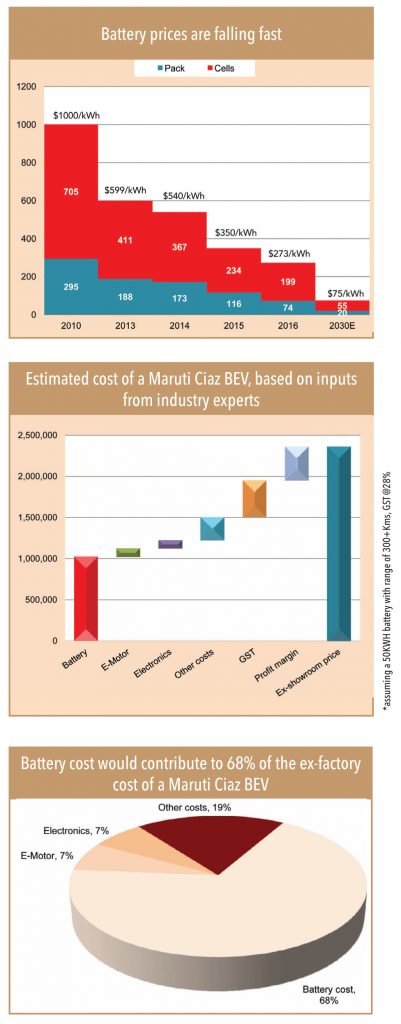
With disappointing feedback from India, a visit to Norway, the Mecca of electric vehicles, seemed inevitable. GV undertook this visit – and it provided invaluable insights into how EV infrastructure has evolved and what led to a sharp pickup in EV sales (50%+ new vehicles sold in Norway are electric). PhillipCapital Analyst Nitesh Sharma decided to go the full nine yards. He decided to ‘live with an EV’ and test if it was feasible to drive a Tesla X for 1,500 kilometres (coast-to-coast) of this breathtakingly beautiful country. Nitesh talked to Tesla sales managers and customers to understand if living an EV life is comfortable, and more importantly – feasible. The idea was to collect takeaways for Indian OEMs and to answer the question – is it possible and viable for India to become a major EV market?
The friend from Oslo
Nitesh’s trip began after landing at Oslo Airport, Gardermoen, on a very cold snowy day in February. He met his old friend Johnny and Johnny’s wife Siri, who had agreed to loan their Tesla model X for three days. The beautiful snow-clad Tesla was already charging in their parking bay – all set for the three-day trip. Johnny helped Nitesh with the route options from Oslo to Bergen, and marked the places he could charge the vehicle en-route. He also helped Nitesh familiarise himself with the car’s features, charging cycles, and told him a bit about why he eventually bought a Tesla instead of the Skoda that he was initially set on.
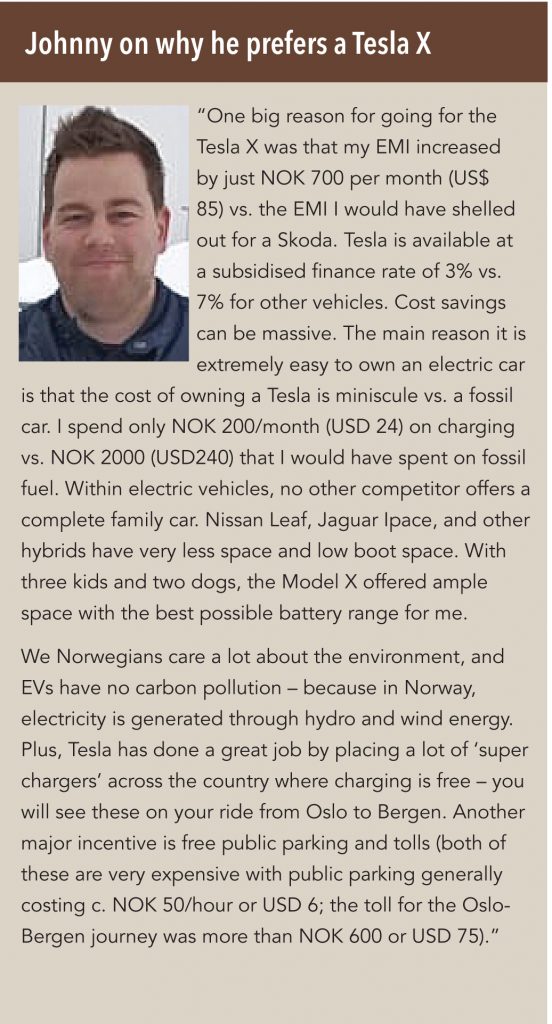

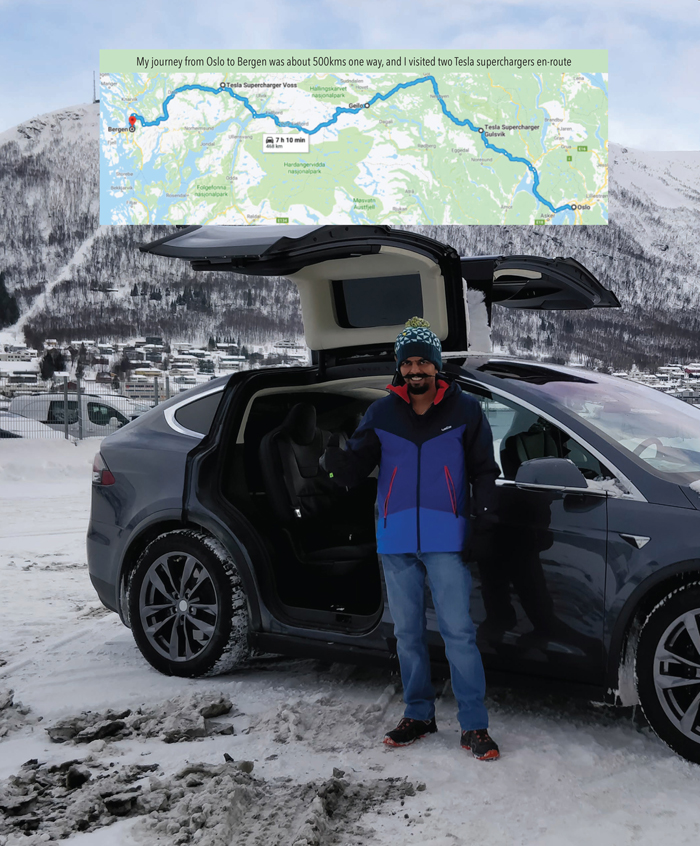
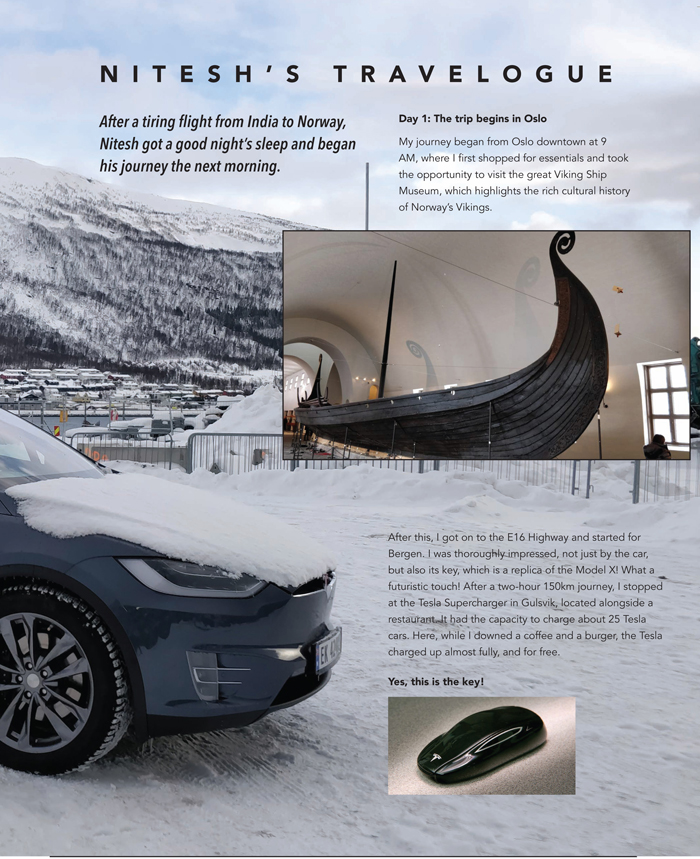
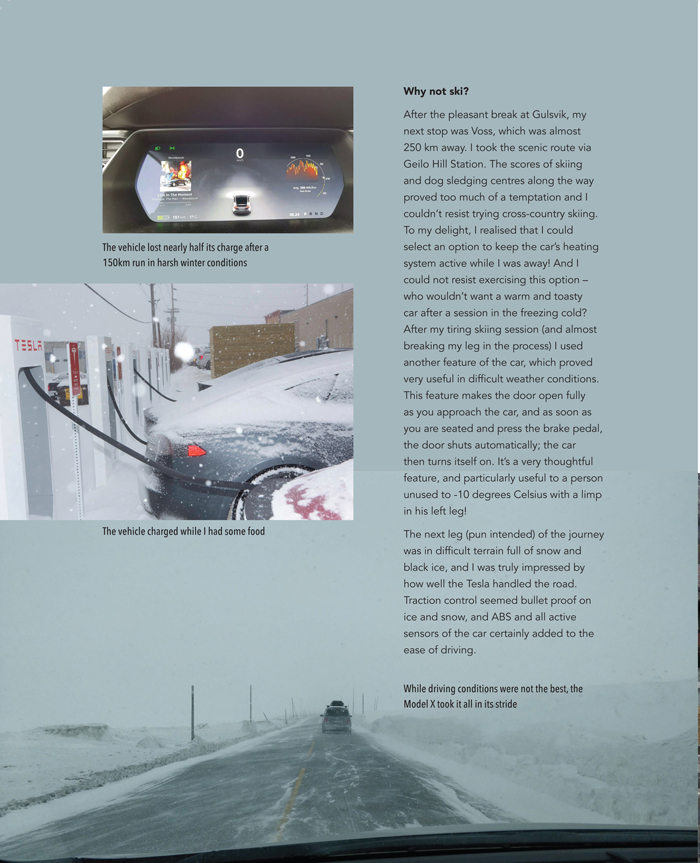
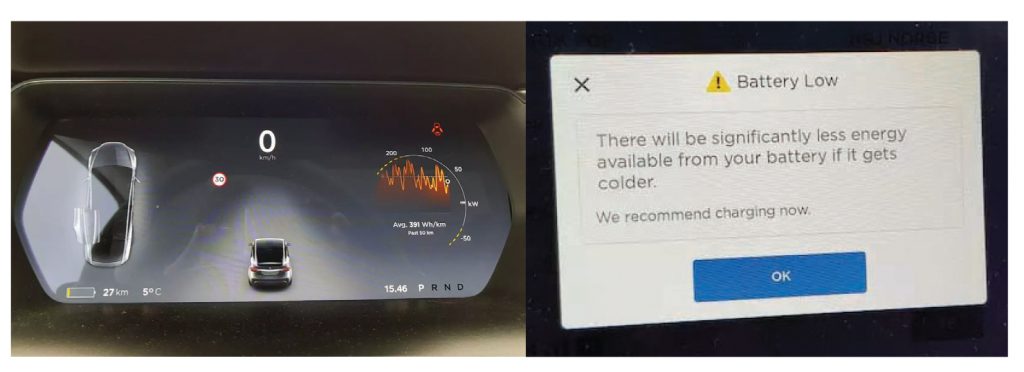
Battery drains, barely makes it
But then disaster struck! Well almost. My 45-minute ‘keep the car warm while I ski’ stunt proved a bit treacherous – the battery drained during my 45-minute ski session. The car started running out of power faster than I had anticipated and I barely made it to my next charging stop at Voss, or so I thought at least then. About 50km before my destination, the car started issuing low-battery warnings, but fortunately, I made it to the Voss super charging station by a hairsbreadth. This was the only moment in my journey when the constraints of driving a non fossil fuel car struck me, to be honest.
But to my surprise, when I investigated, the car had managed to reach the Voss Tesla Supercharger with a 25km capacity to spare. Some rest and food for me, and charging for the Tesla, and in 30 minutes both of us were at about 80%+ capacity.
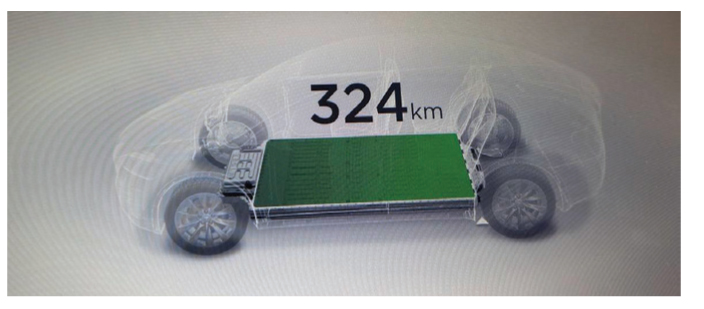
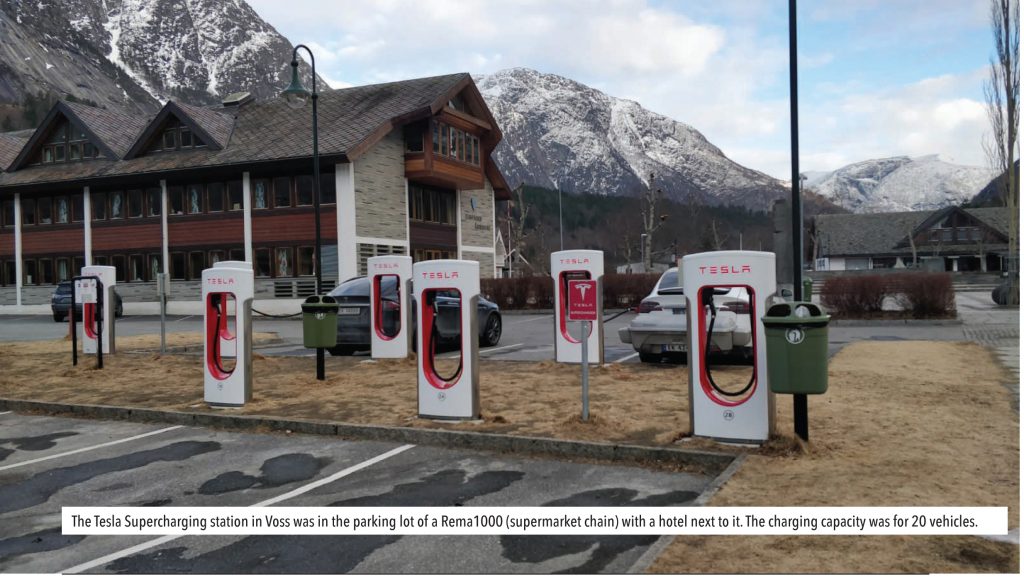
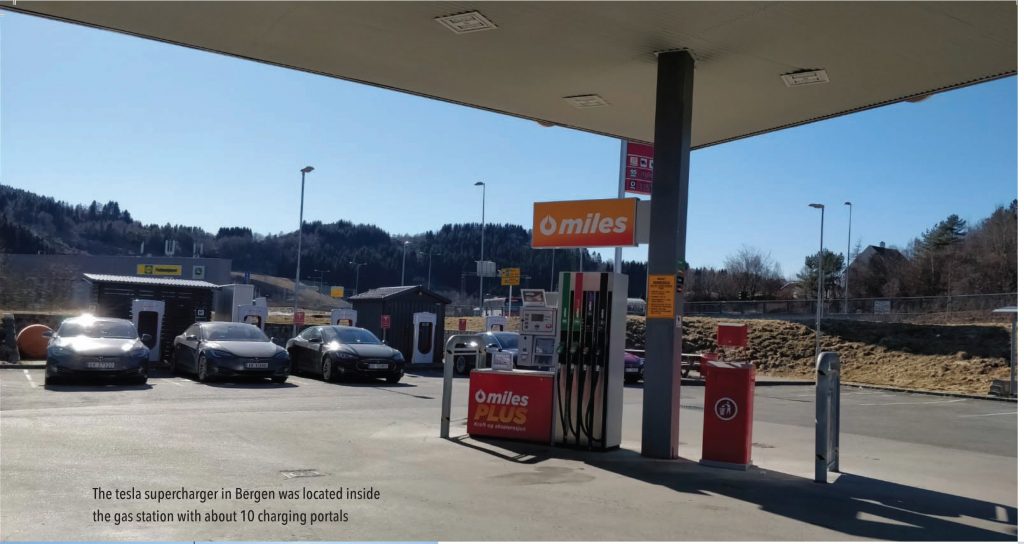
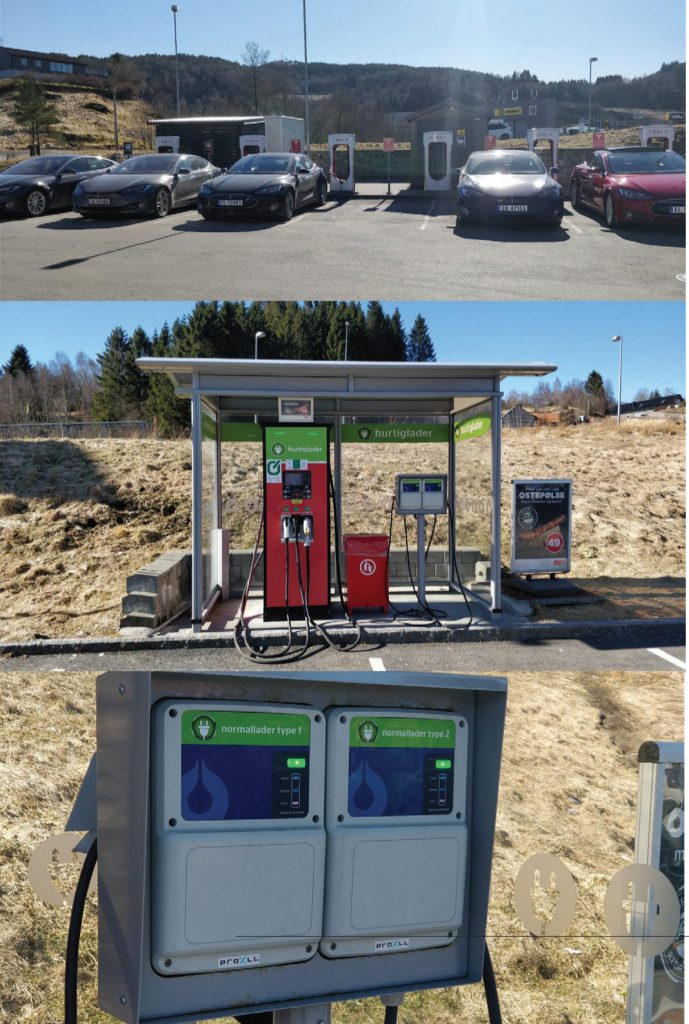
After recharging at Voss, I began the last leg of my trip to Bergen (another 100km), where I called it a day and turned back for Oslo the next morning.
One interesting thing I noted in Bergen was that the Tesla Supercharger in Bergen was inside a gas station, which also hosted a charging port for a private company called ‘Hurtiglander’. Employees of the supermarket at the gas station (gas stations are usually fully automated as labour is very expensive in Norway) told me that Hurtiglander charges NOK 2.5/minute which implies NOK75 (US$ 9 or INR 630) for a 70-80% charge. They also said that Tesla offers free-for-life super charging if one is referred and generally everyone buys a Tesla via a referral. If you are not referred, Tesla charges NOK1.4/KWH.
(Goodbye in Norwegian)
The Tesla Model X, with a dozen ultra-sensors, cameras, rock-solid drive, ludicrous mode, automatic door opening and ignition, semi-autonomous driving, huge screen and many other features left me truly impressed, mesmerized even. I also figured out the following – an EV was practical enough for daily life (provided certain conditions are fulfilled), why EVs are popular in Norway, and what India and Indian OEMs can do to get ahead in the EV race, cause EVs are here to stay and will proliferate all over the world.
On this note I took off from Oslo Airport. I want to thank my friend Johnny and his wife Siri for all their help and support during my trip.

Over my three-day journey with the Tesla of over 1500kms I was left with so many experiences, especially useful insights from consumers and Tesla employees. I was also left with great memories of a beautiful country.
Subscribe to enjoy uninterrupted access